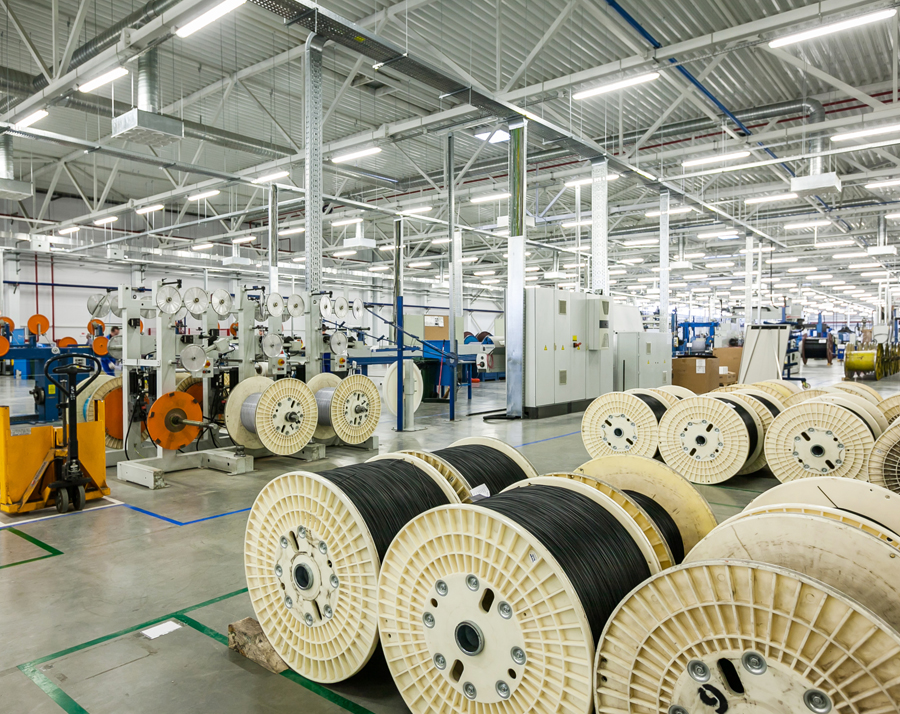Cable manufacturing is the process of producing electrical cables, which are used to transmit electrical power or signals from one place to another. Electrical cables are composed of one or more conductors usually made of copper or aluminum that are insulated and protected by various materials such as polymers, rubbers, or fibers.
The process of china cable manufacturer typically involves wire drawing, stranding, insulation, jacketing, and testing. Wire drawing involves pulling a metal rod or wire through a series of dies to reduce its diameter and increase its length. The wire is then twisted together to form strands in a process called stranding.
Insulation is then applied to the individual conductors to prevent them from coming into contact with each other or with other materials. Finally, a protective jacket is applied over the insulation to protect the cable from environmental factors such as moisture or abrasion.

The cable manufacturing process in China typically involves the following steps:
Raw material preparation: The first step in cable manufacturing is to prepare the raw materials. This involves gathering the necessary components, such as copper or aluminum wires, insulation material, and sheathing.
Wire drawing: The wires used in cable manufacturing are typically made by drawing metal through a series of dies that gradually reduce the wire’s diameter. This process can be repeated several times to achieve the desired thickness.
Stranding: To create the conductor, several wires are twisted together to form a single strand. The number of wires used in the stranding process will depend on the cable’s intended use.
Insulation: Once the conductor is created, it is coated with a layer of insulation. The insulation material can be made of various materials, such as PVC or XLPE, and is chosen based on the cable’s intended use.
Jacketing: After the conductor is insulated, a protective jacket is added. This can be made of a variety of materials, including PVC, PE, or TPU, and helps to protect the cable from damage.
Testing: Once the cable is manufactured, it is typically subjected to a series of tests to ensure it meets the required standards. These tests can include electrical tests, mechanical tests, and environmental tests.
Packaging and shipping: Finally, the finished cables are packaged and shipped to customers.
There are several types of materials used for manufacturing cables, depending on the specific application and requirements of the cable.
Copper: Copper is the most commonly used conductor material for cables.
Aluminum: Aluminum is also a good conductor of electricity and is often used for high-voltage power cables.
Steel: Steel is used in some types of cables for strength and durability.
Polyethylene: Polyethylene is a type of plastic that is often used as insulation for cables.
Cable manufacturing can be a complex process and may require specialized machinery and skilled workers to produce high-quality cables that meet industry standards and specifications.It’s important to note that there are many other China cable manufacturers, and customers should carefully evaluate potential suppliers based on factors such as quality, price, and customer service.











